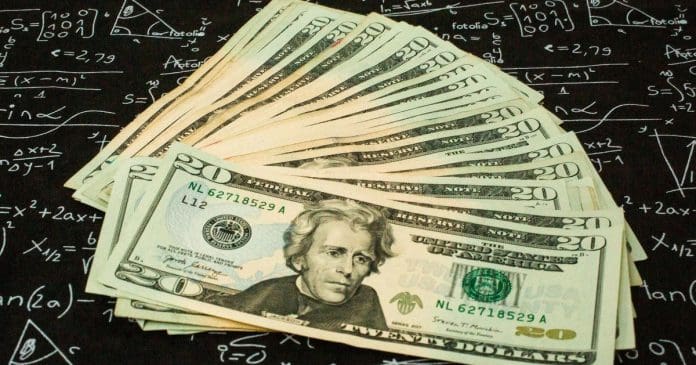The states are sending out different stimulus check payments to their taxpayers after the federal government stopped paying them. However, the states do not print these money. Most of these states are spending these stimulus check payments from their budget surpluses. So, does these stimulus check payments not inducing inflation? Well, let’s find out.
An idea, no matter how good it is, it never goes entirely unpunished. This has been the reports that are linked around the stimulus check payments provided by the states. Even since the Covid-19 outbreak tarnished the global economy, federal government has been paying stimulus check payments to their taxpayers. However, as the inflation started to rise, federal government stopped the payments of these checks.
Since then different states has taken the liberty to make their taxpayer’s lives a little bit easier. So far, almost twenty states have sent the money to their residents as stimulus check, child tax credits and more.
However, if federal govt stopped paying these free money as it was inducing inflation, does these state stimulus check payments not do the same?
State Stimulus Check And What Is It’s Connection With Inflation?
Well, probably not considerably, especially for 2 main reasons. The first explanation stems from a greater grasp of what drives inflation in reality, while the second is a straightforward logical examination of the facts.
Inflation, or high prices of daily needed goods is an increase in almost the same level of prices across the board rather than simply the cost of a particular commodity or service, has three main causes. Without economic expansion, a rise in the cash supply can cause inflation, or “monetary” inflation. The overall demands for daily items and other services may also be higher than the supply. This can be referred to as “cost-pushing” or “demand-pulling” inflation: Much funds is being spent to buy too few items, or there aren’t enough products to satisfy demand without raising prices.






